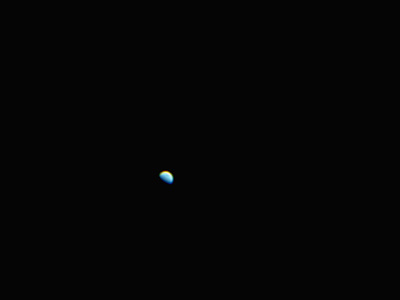I've been interested in the night sky ever since I was a small kid. I think it was my grandad who got me interested. He used to say to me, "people will be living on the moon in years to come. Not in my life time but maybe in your life time". I guess it must have sparked an life long interest in the stars, the planets, the moon and maybe even science fiction.
Telescopes
My first telescope was a small red refractor that I got for Christmas when I was about 10 years old and I loved it. I could see the moon through it from my bed room.
Much older and I brought an Orion SX200 (200mm/8inch aperture) reflector which is pretty large. It's so large it's now stuck in my loft gathering dust rather than the sky. This is the telescope which really did show me the wonders of the moon's craters for the first time and the impact spots on Jupiter where the fragments of the comet
Shoemaker Levy 9 hit in July 1994.
 |
| Orion SX200 |
|
 |
| Meade ETX 105EC |
|
The telescope I use now is a Meade
ETX 105EC (105mm/4inch aperture - f/14). This telescope is small, powerful and most important of all it is portable. I carry it around in a rucksack and it could come with me as hand luggage on a plane. The ETX is computerized which allows me to select the object I want to see (planet, star or deep sky object) and it will move and point at the object. It will then follow the object across the sky through the night keeping the object in view.
Astrophotography
In the past I've taken some interesting photos with the Orion and an SLR film (remember those?) camera. There were many difficulties with this setup including not knowing if the photo would come out, star trails due to the lack of tracking, camera shake due to the camera shutter jogging the telescope and the chemist not developing all the photos because they are black with tiny dots!
In February 2011 I brought a specially adapted webcam to take photos with and I'm getting some pretty good results. It's a lot easier to take photos, I can see what I'm taking, there is no camera shake and since the ETX tracks across the sky there are no star trails.
These days I'm using the telescope more often. This is due to Herman, our motorhome. We go away in Herman at least once a month and the campsites normally have low light pollution and therefore I don't have to go far to go and setup.
Click
here to see the photos.



















